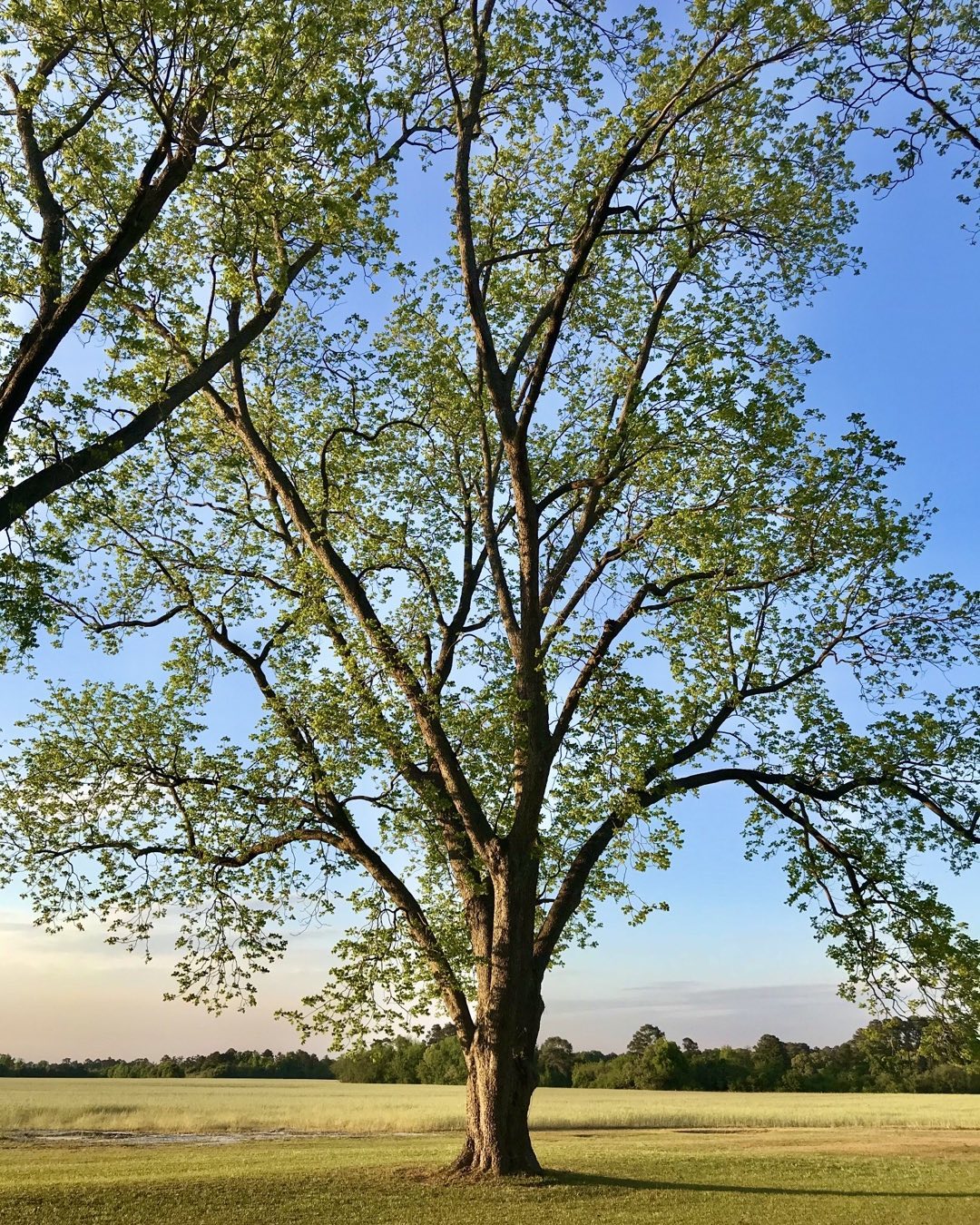In this informative post, you can read about Pecan Twig Dieback Disease, its symptoms, and how to treat it.
Pecan trees grow in the southern United States and areas with long growing seasons, which makes them an excellent choice for home nut production. Although they require a significant amount of space to mature and yield a usable harvest, they are relatively low-maintenance. However, like most fruit and nut trees, pecans can be susceptible to fungal issues such as twig dieback. Awareness of Pecan Twig Dieback Disease can help manage symptoms and promote overall tree health.
Pecan Twig Dieback Disease Information

Twig dieback in pecan trees is caused by the fungus Botryosphaeria berengeriana. This disease commonly affects trees that are already stressed or under attack by other pathogens. Environmental factors, such as low moisture and shaded limbs, can also contribute to the likelihood of damage.
Symptoms of Twig Dieback
The appearance of black pustules on the ends of branches is the most common symptom of twig dieback in pecan trees. Affected limbs then undergo “dieback,” where the branch stops producing new growth. Typically, this dieback is minimal and generally extends no more than a few feet (1 meter) from the branch tip.
Treatment of Twig Dieback
To treat twig dieback, ensure that the tree receives sufficient water and regular maintenance. Minimize stress to prevent the progression and onset of dieback, which will also promote the tree’s overall health.
In many situations, twig dieback is not the primary problem that does not need chemical treatment or control. For instance, if the tree is already injured or damaged by a severe fungal infection, then discard dead branch parts from the pecan tree. Because of the severity of the infection, destroy the removed infected wood. This trick will not spread, promote, or repeat the infection.



